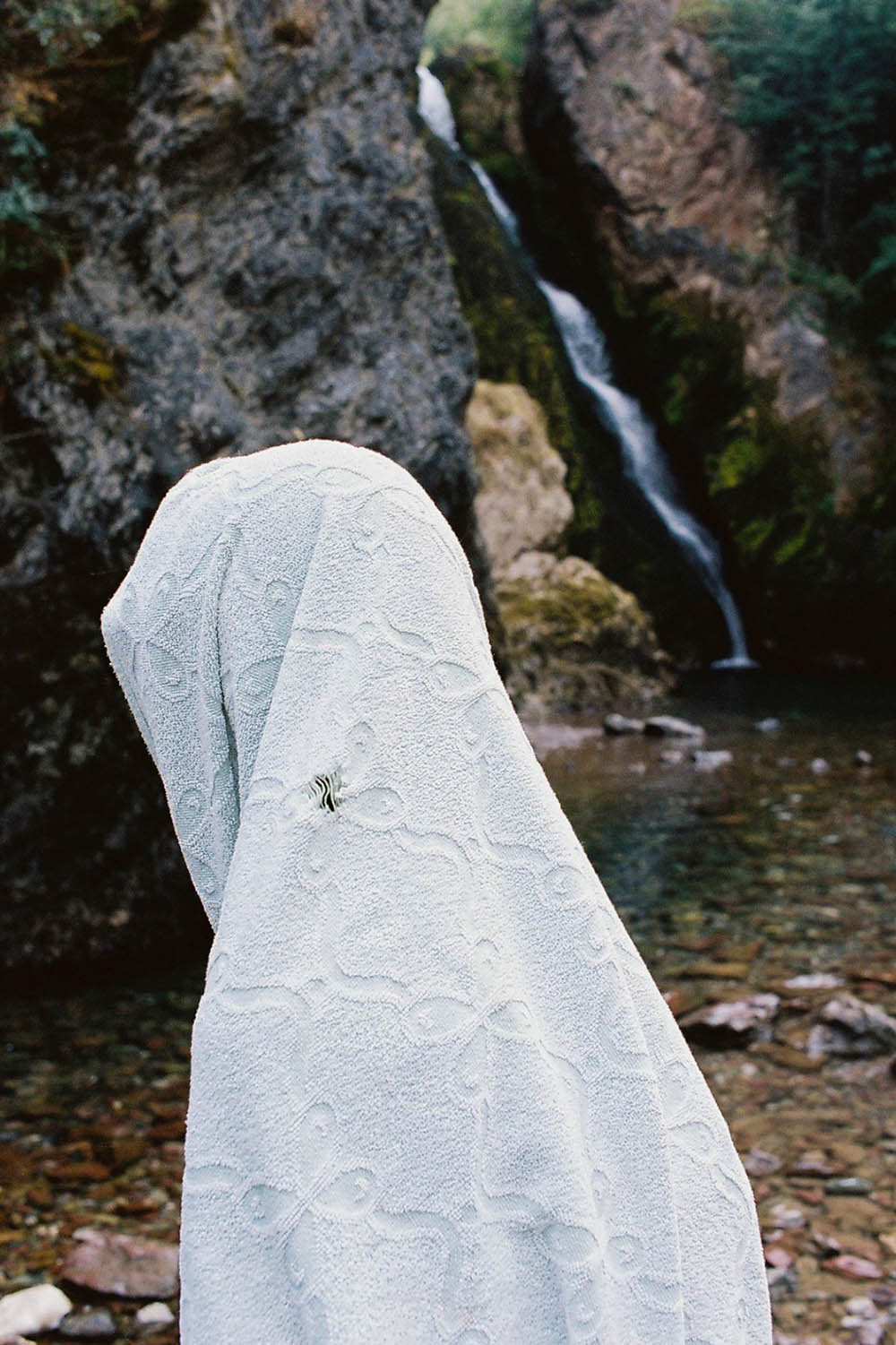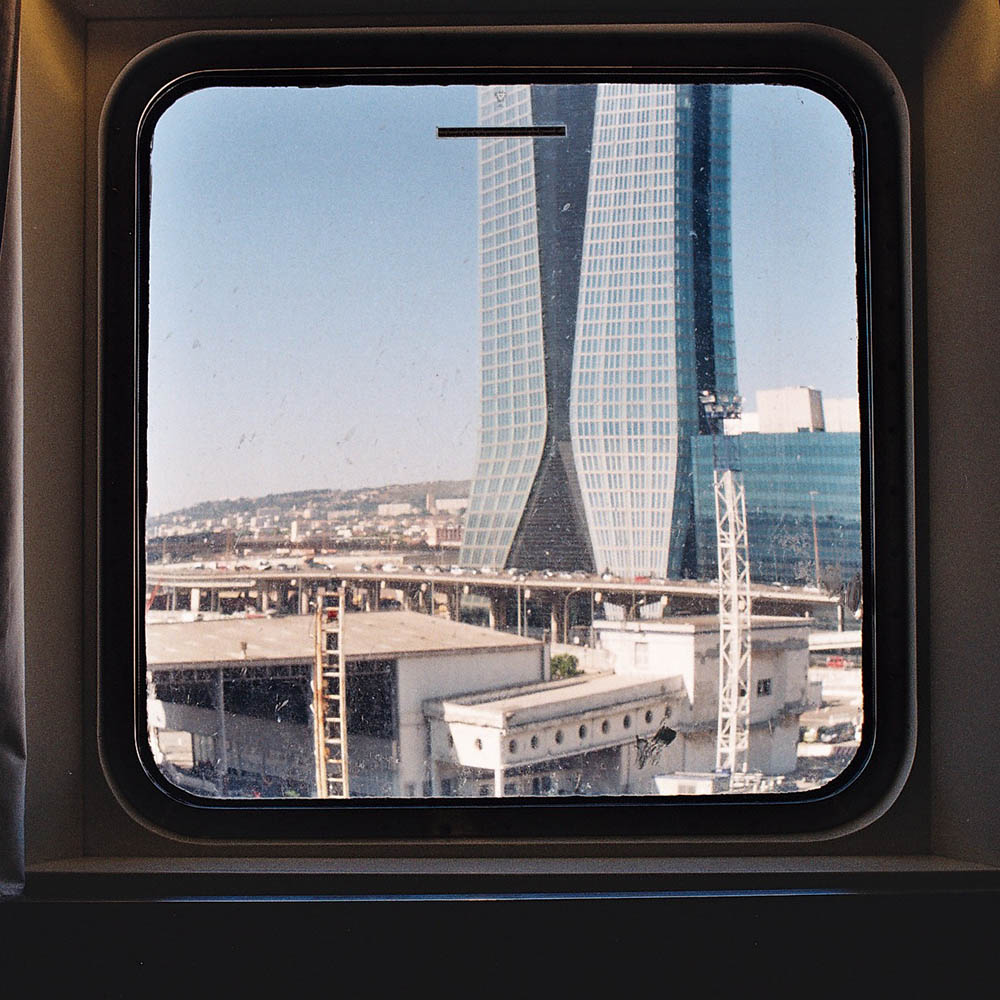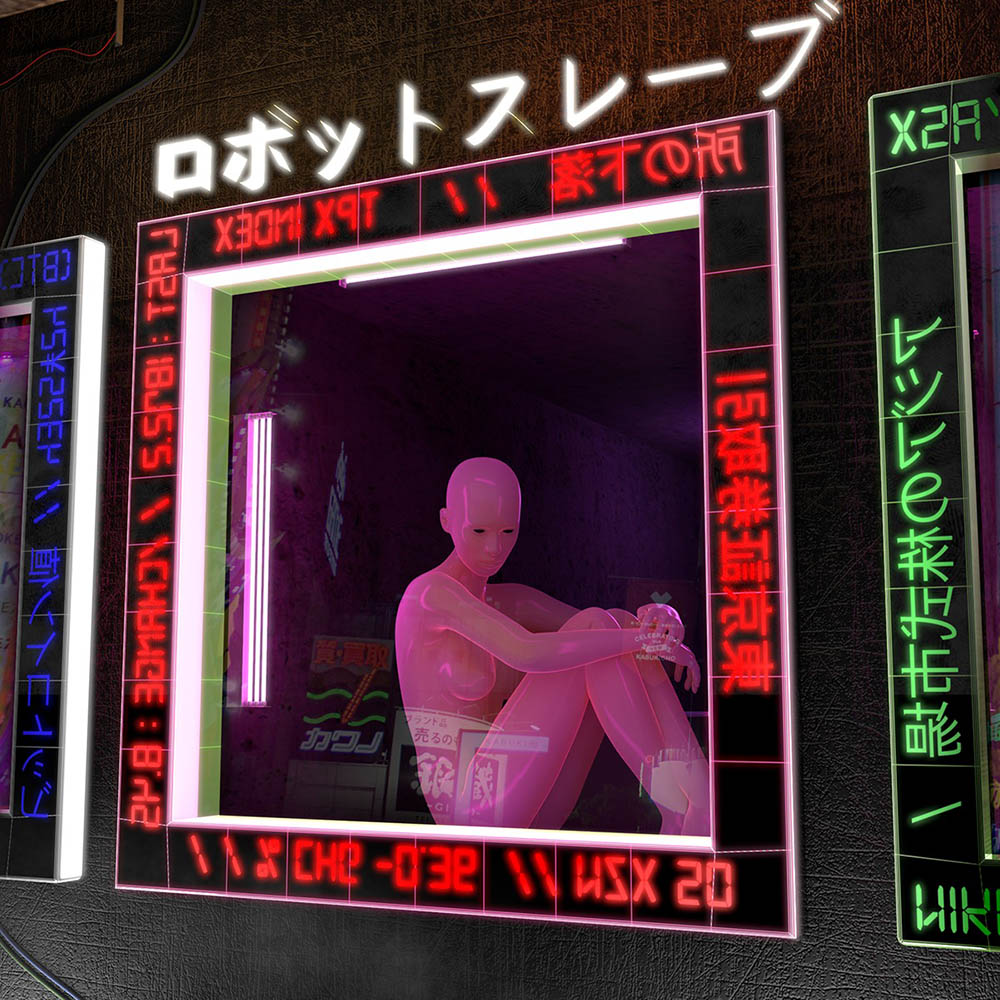What is art? Instinct might say it is paintings on walls or sculptures in galleries, but where does that leave architecture and literature? You might argue more broadly that it’s about creativity and imagination, yet that complicates as much as it illuminates; where is the boundary between fiction and non-fiction for instance and is one more “arty” than the other?
Hegel’s listing of the arts was particularly discussed in France and with some modifications the list has remained relevant and a subject of debate into the 21st century. The first six arts are well known as: architecture, sculpting, painting, music, literature, performing arts, and have been acknowledged for millennia. In the 1920s cinema got its own representation: number seven. „Les arts médiatiques“ (the media arts) was following with number eight, encompassing television and radio. Number nine was established in 1971 by Francis Lacassin: comics. But what is missing as le dixième art? Exactly, video games or digital art forms more generally. However, it is a huge debate until now, whether video games as a whole should be considered a piece of art of some kind, perhaps a form of interactive art.

Marvin Kanas is a Video Artist from Marseille who is living in Vienna for 6 years now. He studied documentary filmmaking in Paris and started to work on smaller art projects besides that. Now he is a full-time video artist and documentary filmmaker, breathing pure digital air and cigarette smoke. His love for video art arose from cinema and has now manifested into video games and documentary filmmaking. There are more similarities between intellectual Russian melodramas and gaming than you might think. Marvin was part of an exhibition at Anatolia Schnitzel called The 10th Arts. It was an art retrospective evening, where you could have a drink and experience a selection of four original video games with others. Pathologic (Russia, 2005) Stanley’s Parable (US, 2013) Observer (Poland, 2017) Bloodborne (Japan, 2018).
He studied documentary filmmaking in Paris and started to work on smaller art projects besides that. Now he is a full-time video artist and documentary filmmaker, breathing pure digital air and cigarette smoke.


The Lonely Robot Club. For his latest project, Kanas transformed an idea he had a few years ago: an interactive phone conversation, called Lonely Robot Club. The original thought was to dial a number and listen to a recorded story that, by pressing 1, 2 or 3, can have multiple ends. Expanding this idea, the vocal story transformed into pictures and so he started filming and collecting videos. LRC is a hybrid form of short film and video game, consisting of storytelling and decision making. The player interprets a robot that is making its way into the city, philosophizing about concepts of loneliness and identity in a digital world. In 2019 Netflix’ interactive TV show Bandersnatch got a lot of attention, but innovative as it may seem, interactive fiction of this sort isn’t anything new. It’s all about making choices to build your own end.
Marvins next project is going to be a collaboration with Stephanie Rizaj for the Manifesta 2020 in Marseille. The Lonely Robot Club is somewhere between classic children’s page-turning books, poetry and intellectual cinema. With it’s VHS look, LRC has a melancholic tone, a meta way of perception and plays with voice and color.





